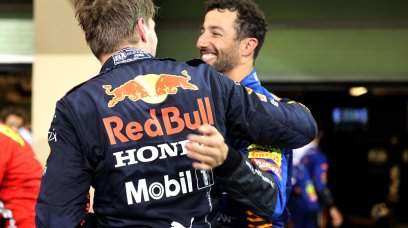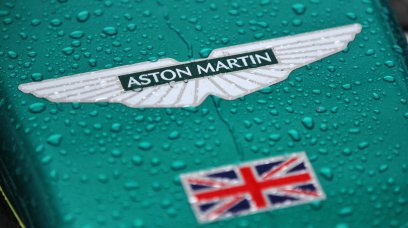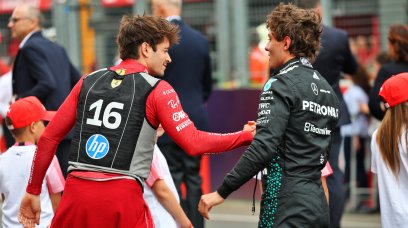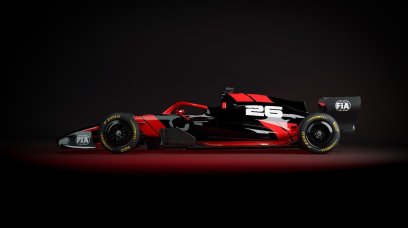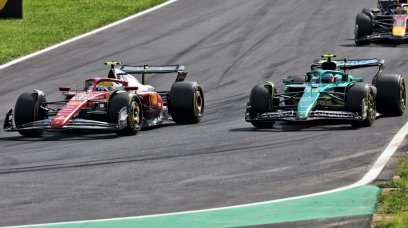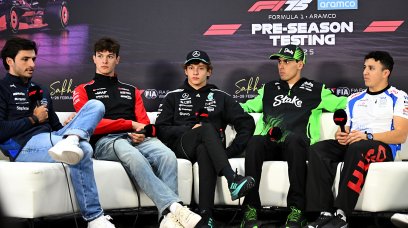For many, the Haas Formula 1 Team's business model when they entered Grand Prix racing was anathema to the very idea of what the series was all about. Sure, bigger teams like Ferrari and Mercedes had been supplying engines and other internal items for years, but the perceived idea was that each team would still create their car by themselves. After all, that's what a Constructor is, right? Well, not apparently. When Haas debuted in 2016, they simply took as many parts off the shelf from Maranello as the regulations allowed – something perfectly legal but which nobody had ever tried before. These non-listed parts (now known as Transferable Components) include parts such as suspension, gearbox and rear crash structure. The listed parts (now Non-Transferable Components) include the survival cell and aerodynamic surfaces. These must be designed by each team, who own the IP rights to them. Haas even have a base in the Ferrari complex at Maranello, but as RacingNews365.com previously explored, there are stringent security checks in place to ensure Haas information remains squarely with Haas. And for a while, it worked brilliantly. In their third season in 2018, Haas were challenging Renault for fifth in the Constructors' standings, the VF-18 proving a capable, consistent machine. However, the team then began a slide towards the back – about the same time as Ferrari dropped off from the front and moved into the midfield. Both enjoyed an upturn in performance in 2022. So then, is it not a risk to be so inextricably linked to Ferrari? Not in the eyes of team boss Guenther Steiner, who explains in an exclusive RacingNews365.com interview the benefit of such a close alliance.
Steiner backs Ferrari links
"You could argue that, but if we take as a benchmark how much we [take] from them, it shows if you also make progress or not," Steiner explains to RacingNews365.com after a strong start to 2023 for the team, now with a settled driver line-up and new title sponsor in MoneyGram. "We use the same suspension, same gearbox, same engine, same hydraulics, same electronics so you know where you could be if you do a good job – which is where Ferrari is. "What we need to do is the aero because then we can move on up, but the downside is if Ferrari does a really bad job. "We are in it with them as well, but this year, we are pretty content with how much we have caught up with Ferrari compared to last year. "Then again, it would be fantastic if they were dominating the World Championship because then we could be third or fourth! "But it isn't like this, but we can rapidly make progress. Everything comes with a downside, and that is maybe it, but the rest is a pretty good upside because we have a lot of faith. "We don't have to do parts that we are not equipped to do, like the suspension or gearbox."
Simple reason behind 2020 slump
After the high of 2018, when the team claimed to date their best finish of fourth and fifth in the Austrian Grand Prix, Haas slumped off back into the lower reaches of the midfield. 2019 was turbulent, with their rogue title sponsor claiming to have a better product than Red Bull, before the 2020 machine scored only three points all season. In his book Surviving to Drive, Steiner calls the VF-20 a "turd", but it was a car that the team would race with in 2021, the decision having been made to write off that year in order to focus on the ground effects regulations of 2022. But why was this 2020 car so bad? What went so wrong? "The pandemic hit in 2020, and at the time [owner] Gene [Haas] wasn't sure if he wanted to continue, so we stopped development and therefore we fell behind to the opposition. And in Formula 1, standing still means to fall behind pretty quick. "Once we decided to get going again, which was about September time I think, it was too late to say: 'We are going now to develop the '21 car.' We had to do development on the '21 car because there were a few changes on the car through the regulations, and we did those on the floor, but nothing else. "We decided to go for '22 because it was a complete new regulations and it was not only about 2022, but about the next five years. So it was an easy decision made difficult as you'd have to accept that back in 2020, 2021 would be even worse. It wasn't easy, but then you just need to face reality. "I've been doing this for a long time, and I knew that with what we had available at the time, it was not possible to catch up because in 2020, we lost quite a lot of people. "We stopped everything and people don't like to be stopped so we had to build the team up again in 2021 to get ready for 2022. "So I think in the end it was the right decision, but it was quite risky because if the 2022 car wouldn't have been what it was, maybe there could have been some heads rolling, perhaps my one as well!"
Most read

